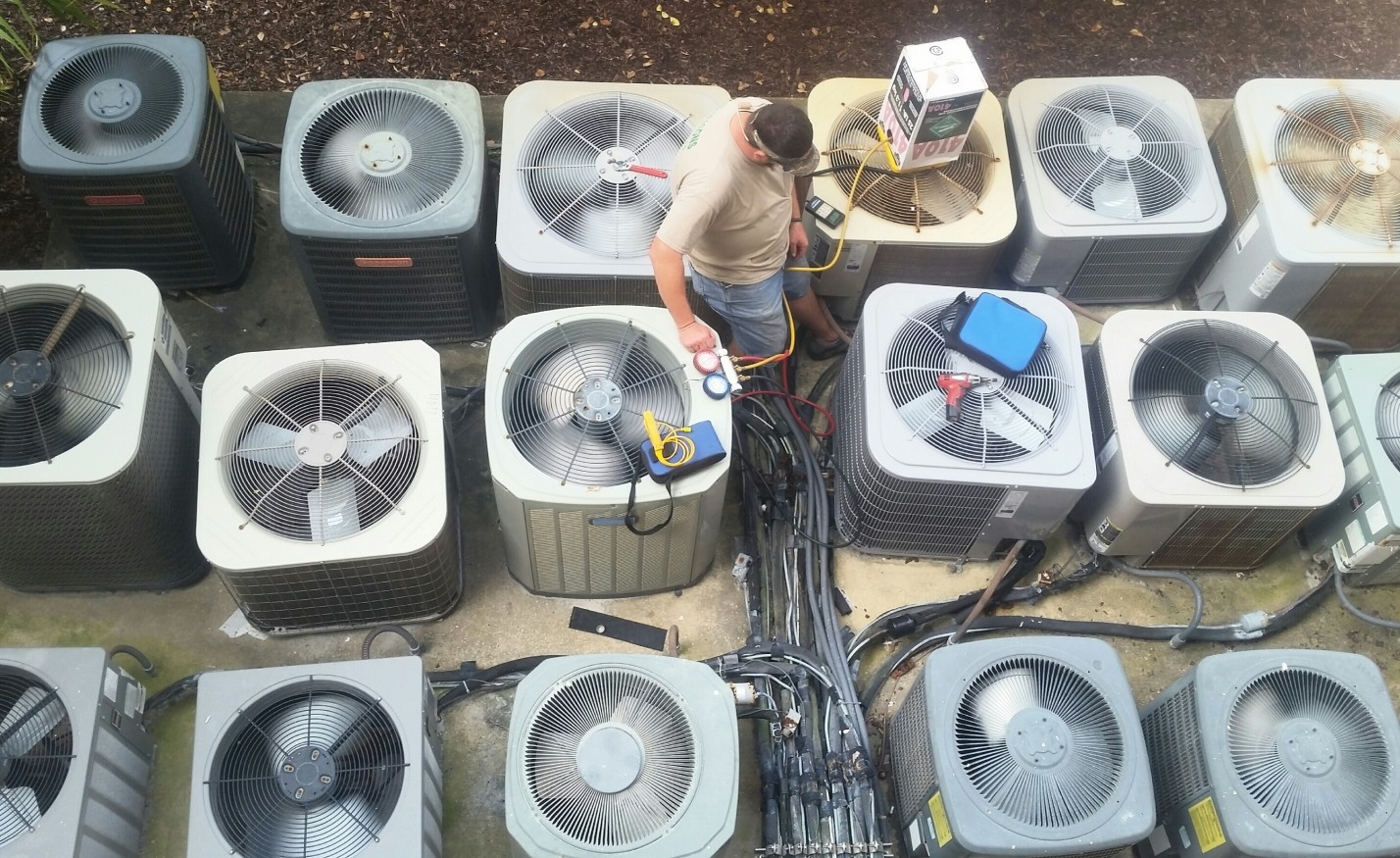Indoor Air Quality - More Important Today Than Ever
Indoor air quality affects everyone, but many of us take it for granted.
From workplaces and retail spaces to restaurants and long-term care facilities, any air-conditioned or heated space needs good ventilation. Proper airflow in indoor spaces is also critical for curbing the spread of airborne viruses such as COVID-19, especially as more and more of these communal places open back up.
This visualization from mCloud looks at why indoor air quality matters, and unearths potential technical solutions that can help keep people safe and ensure businesses run smoothly.
Silent Threats: The Viral Potential of Airborne Viruses
Most respiratory diseases, including the flu virus and COVID-19 are transmitted through three typical methods.
Contact Transmission
Through direct contactDroplet Transmission
Through close-proximity, large respiratory dropletsAirborne Transmission
Through small droplets suspended in air
It’s this last factor, in particular, to keep an eye out for. In a study (From Influenza Journal), over half (53%) of flu patients produced aerosol particles of the virus while coughing—and viral droplets can travel more than 10 meters when exhaled by an infected person. In addition, pollutants and other small particles are 2-5x more concentrated indoors.
While most respiratory diseases are preventable, it’s clear that handwashing and social distancing are not enough. Alongside other measures, experts recommend improved ventilation to help prevent the spread of COVID-19 in indoor spaces.
Avoid Sick Building Syndrome with Good Indoor Air Quality
Prior to the pandemic, 157 million people in the U.S. workforce spent the majority of their waking hours in shared areas like offices, stores, and more. In fact, there are 5.9 million commercial buildings in the U.S. alone, totaling 97 billion ft².
Within these indoor spaces, heating, ventilation, and air-conditioning (HVAC) systems help to keep the air fresh. But have you ever gone to work and realized that there’s a flu bug that everyone seems to be catching? Poor air flow could be the culprit behind what’s called “Sick Building Syndrome”.
Airflow: measured by cubic feet per minute (CFM), calculated per person. Example: A movie theater with a 100-person capacity would require 500 cubic feet of air cycled per minute to maintain adequate fresh airflow. |
Most buildings are designed to recirculate air to boost energy efficiency. However, this doesn’t always occur evenly—causing air to stagnate.
If what should be fresh air becomes stagnant air instead, this can result in the distribution of allergens and pathogens, including COVID-19 and the flu. Symptoms of Sick Building Syndrome include:
Itchy, watery eyes
Stuffy, runny nose
Lethargy
Cognitive issues
Headache
Dry throat
Skin irritation
Studies show that air-conditioned buildings exhibit a higher prevalence of workers with these symptoms compared to naturally ventilated buildings. Many different types of buildings are at risk—although air is replaced in operating rooms every 3-6 minutes, it is only replaced every few hours in office buildings.
This content is sponsored by mCloud.
Source: Visual Capitalist, mCloud, MDPI Open Access Journals, Influenza Journal, BMJ Journals
